1. The Sandwich Project: Six Months for One Bite
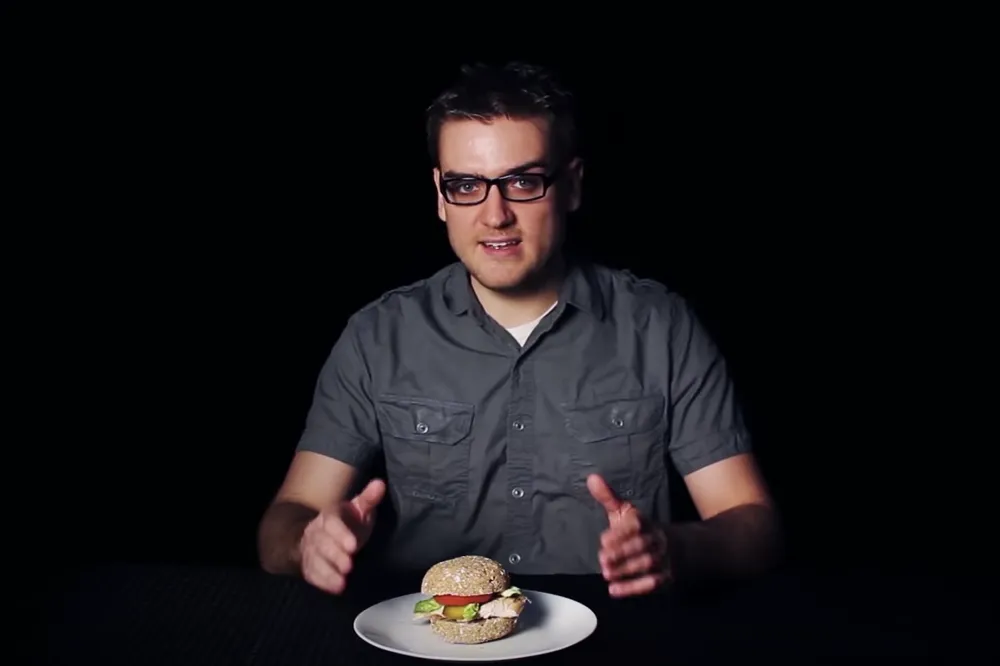
Making a sandwich seems simple until you try to make everything yourself. Andy George from How to Make Everything once did just that. He grew wheat, raised chickens, milked cows, and even harvested salt. It took him six months and about $1,500 to take a single bite. His reaction was simple: “Not bad.” That ordinary bite revealed the extraordinary effort hidden in every meal. Even the most basic sandwich depends on countless small miracles of time, labor, and patience. It’s a reminder that what we take for granted every day is actually the result of generations of human effort condensed into one casual moment of satisfaction and simplicity.
2. Bread Is a Half-Year Journey, Minimum

Bread begins long before it meets the toaster. Wheat takes up to eight months to grow, and once harvested, it must be dried, threshed, winnowed, and ground into flour. Yeast has to be cultivated and balanced, and salt must be sourced or made by hand. Each step is delicate and time-consuming, turning a common loaf into an incredible story of patience. When you finally pull a warm loaf from the oven, it’s not just food; it’s an accomplishment months in the making. That simple slice you eat in seconds is actually a record of seasons, weather, and skill that connect you back to the roots of human civilization.
3. Yeast Isn’t Just Sitting Around

If you think yeast comes easily, think again. Without store-bought packets, you’ll need to grow your own wild yeast from the air, feeding it flour and water every day until it becomes active enough to bake with. It’s alive, unpredictable, and demands constant care. Every loaf depends on the invisible balance between nature and nurture. One wrong move, and the starter dies, sending you back to square one. Cultivating yeast becomes a quiet partnership with time itself. That bubbling jar on your counter represents patience, precision, and respect for a process you can’t fully control, proving that even the smallest ingredient can humble the most determined cook.
4. Cheese Is a Biology Lesson in Patience

Cheese takes commitment. Before you even begin, you must raise a cow or goat, feed it daily, and wait for it to mature enough to produce milk. Then you move into the world of curds, cultures, and aging. Each wheel or block is a living ecosystem of bacteria and enzymes working slowly in the dark. Fresh cheeses appear in hours, but aged ones take months to develop flavor and texture. Every slice carries time you can taste. It’s science and art in perfect partnership, showing how patience transforms milk into something entirely new. When you finally melt it into a sandwich, you’re eating months of quiet, careful waiting.
5. The Cow (or Goat) Demands Constant Care
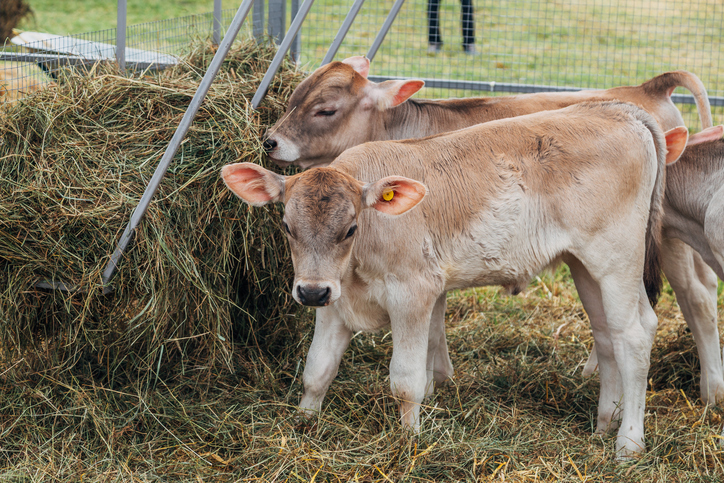
Milk doesn’t pour itself. It begins with an animal that needs food, shelter, water, and attention every single day. Even when it’s raining, even when you’re tired, the animal must be cared for. Healthy milk depends on healthy livestock, and that means work that never ends. For farmers, milking isn’t just a task; it’s a rhythm of life. Each drop represents hours of effort, and without proper care, the yield suffers. When you add cheese or milk to your sandwich, remember that it’s not just dairy, it’s devotion. The cow or goat quietly proves that behind every creamy slice or spread lies a full-time job that keeps the cycle going.
6. Chicken Is a Five-Month Investment
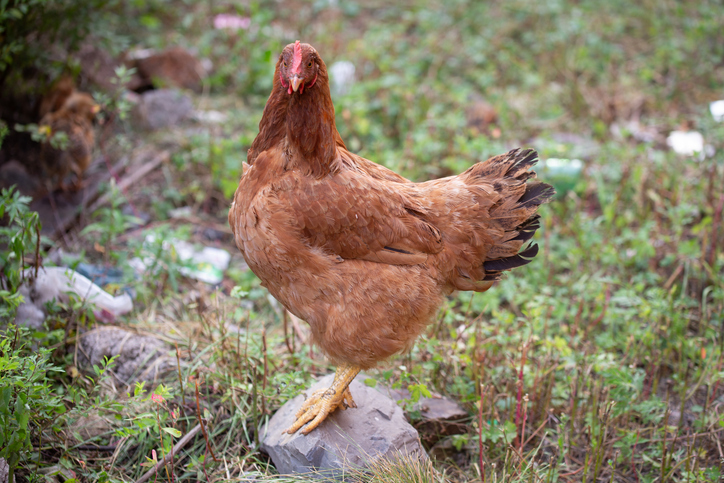
A chicken sandwich sounds simple until you raise the chicken yourself. From hatchling to harvest, it takes about five months of daily feeding, cleaning, and protecting. You’ll worry about predators, sickness, and weather changes. When it’s finally grown, the butchering process is neither quick nor easy. It’s emotional and messy, teaching you how deeply effort and food are linked. That single grilled piece of meat represents months of responsibility and care. What feels like fast food at a restaurant is actually the slowest kind of meal when made by hand. It’s humbling to realize how much patience hides behind a few bites of tender chicken.
7. Eggs Add Another Layer of Complexity
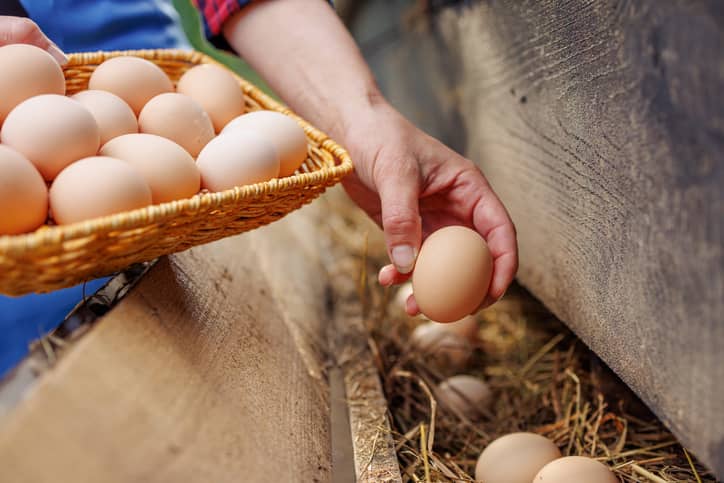
Mayo, baking, or breakfast, all rely on eggs. But to get them, you’ll need hens raised just for laying, each requiring months before their first egg appears. These hens need constant feeding, shelter, and protection from heat and predators. Fresh eggs come only from healthy, happy birds, and even then, production fluctuates with seasons. The egg you casually crack into a bowl is a quiet product of rhythm, nurture, and biology. It’s part of an entire side operation, running alongside your chicken for meat. When you whisk that yolk into mayo or mix it into dough, you’re folding in weeks of unseen dedication.
8. Vegetables Each Run on Their Own Clock
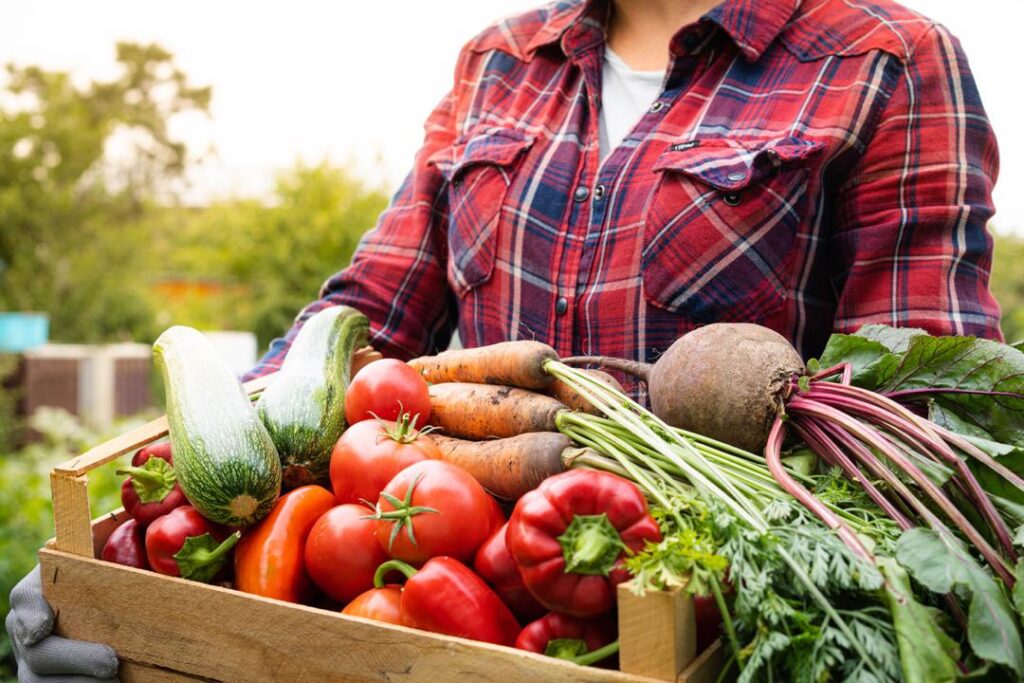
Lettuce, tomatoes, onions, cucumbers, and herbs all have their own timelines. Lettuce may mature in two months, tomatoes in four, and onions in six. If you want them ready together, you’ll need to plan carefully, juggling planting schedules and seasonal shifts. Without coordination, you’ll end up with lettuce long before the tomatoes ripen. Every slice of tomato or crunch of lettuce represents weeks of nurturing, watering, and tending. Gardening teaches timing more than anything else. The sandwich that feels spontaneous on your plate is actually a product of precise, patient scheduling. Every layer is nature’s version of teamwork, rarely aligned but always worth the wait.
9. Condiments Are a Hidden Nightmare

It’s easy to forget that condiments are complex. Mustard requires growing and grinding seeds. Mayo demands eggs, oil, and vinegar. Vinegar alone takes weeks of fermentation from fruit or grains. Each bottle at the store represents a process layered with smaller processes, each requiring its own tools and time. To make one jar of homemade mayo, you’d need multiple separate projects happening simultaneously. What feels like a finishing touch on your sandwich is actually a collection of miniature food stories converging on one plate. Every smear of mustard or drizzle of mayo carries the effort of separate harvests unified into a single bite of flavor.
10. Salt Isn’t Simple
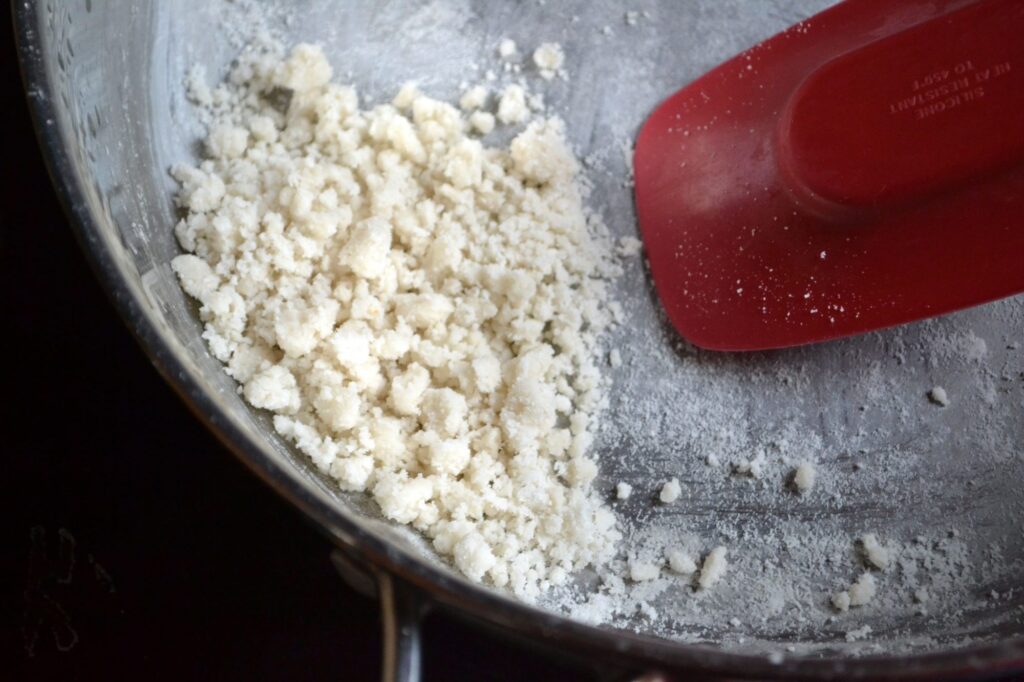
Salt feels ordinary, but it’s one of the hardest ingredients to produce. To make it yourself, you’d have to haul seawater, let it evaporate, and scrape the remaining crystals. The process takes weeks and depends entirely on weather. Before industrialization, salt was so valuable that it determined trade routes and shaped empires. That pinch on your sandwich is a small piece of human history. When you taste it, you’re tasting time and labor disguised as simplicity. Salt makes food come alive, but it’s also a reminder that every “basic” flavor was once a treasure earned through effort and patience, not convenience.
11. Oil Is an Entire Harvest

A drizzle of oil may seem minor, but it begins with acres of crops. Sunflowers or canola must be planted, nurtured, harvested, and dried. Then comes the hard part: pressing. Without machinery, extracting oil by hand yields only a few drops after hours of work. Each golden teaspoon is proof of persistence. The oil that fries your chicken or enriches your mayo represents more than a harvest; it’s a transformation of seed into substance. What flows effortlessly from a bottle today once required whole communities of laborers. Each drop is a quiet symbol of how nature and technology collaborate to feed us efficiently.
12. Vinegar Is Time You Can’t Rush

Vinegar begins as alcohol, which itself begins as fruit or grain. You must ferment it first, then expose it to acetic bacteria that slowly transform it into acid. The process takes weeks or even months. One mistake can ruin the batch, setting you back to the start. Yet, when it works, it gives flavor and balance that no shortcut can replicate. The tangy note it adds to mayo, pickles, or dressings is the taste of patience. In every drop, time does the heavy lifting. What feels like a small supporting ingredient actually teaches the same truth as the sandwich itself: good things grow slowly.
13. Lemons Will Test Your Patience

That splash of lemon juice for your dressing or mayo might take years. A lemon tree usually takes three to five years before it bears fruit. Even then, you’ll have to tend to it constantly, watching for pests and weather changes. Each lemon you harvest feels like a tiny victory after years of care. Its bright acidity might last seconds on your tongue, but it carries the quiet story of time and nurture. The humble lemon proves that even the smallest burst of flavor can represent the longest wait, reminding you that freshness often belongs to those who understand the rhythm of growth.
14. Tools and Infrastructure Come First

Before any farming begins, you’ll need tools. Grinding wheat, pressing oil, or aging cheese all require equipment you can’t simply find in nature. You’d have to build or craft them first, often from metal or wood. That means learning entirely new skills like carpentry and blacksmithing before you even plant a seed. Tools are the invisible foundation of every meal, the bridge between raw material and finished food. Civilization advanced because humans mastered making tools that made food possible. Every bite of your sandwich is the last step in that long story of ingenuity, showing that eating is as much invention as it is sustenance.
15. Storage and Preservation Are Survival Skills

Without proper storage, all your hard work could vanish overnight. Grains can rot, cheese can mold, and vinegar can spoil. Before refrigeration, people built cellars, smokehouses, and sealed containers just to make food last long enough to eat. Preservation is the quiet art of survival. Your sandwich depends on it to bring distant ingredients together. When you stack cheese aged for months beside vegetables that spoil in days, you’re tasting the success of preservation itself. Every pantry, fridge, and jar represents a victory against time, proving that food security begins with storage, not just harvest.
16. Weather and Seasons Can Ruin Everything

Even the most prepared farmer can lose everything to nature. One dry spell can kill wheat, a frost can wipe out vegetables, and predators can destroy livestock. Every ingredient in your sandwich exists at the mercy of the sky. Unlike the grocery store, nature offers no guarantees. Food security depends on systems that protect us from weather’s unpredictability. When you think about it, civilization’s greatest achievement isn’t just producing food, it’s doing so consistently. That’s what makes a store-bought sandwich such a quiet miracle: it’s proof that generations built something stronger than the seasons themselves.
17. Labor Is the Real Currency
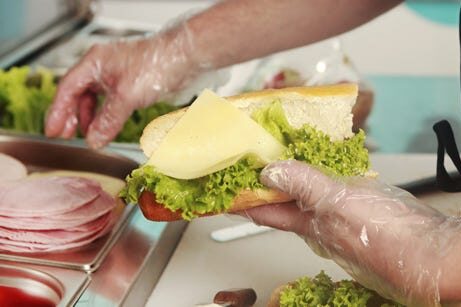
Money measures little when it comes to effort. Growing, grinding, milking, fermenting, and preserving each require endless hands-on time. Even if you had the land and the tools, the labor alone would cost thousands in modern wages. Every bite you take represents hundreds of invisible hours spent by people across the supply chain. Food may feel cheap today, but that’s because millions share the work. When you imagine doing it alone, you understand the real price of a sandwich. Labor is the hidden ingredient that makes every meal both possible and priceless at the same time.
18. Seasons Mean Waiting, Not Eating
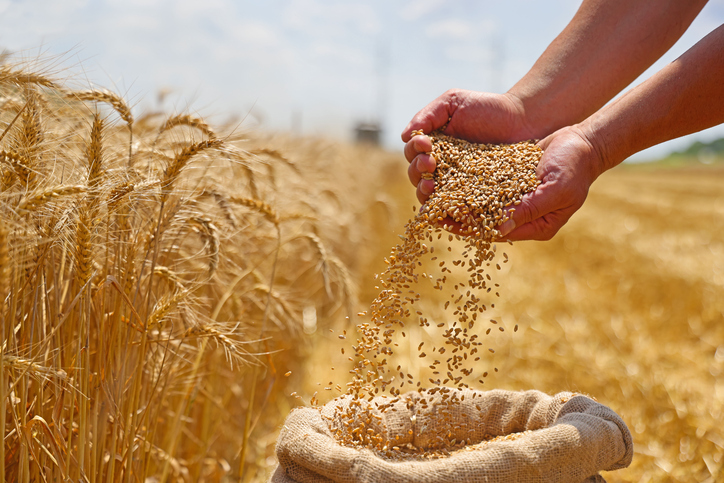
The earth moves at its own pace. You plant in spring and harvest in summer, no matter how hungry you are. Lettuce wilts before wheat ripens, and fruit waits until sunlight stretches long enough to sweeten it. There’s no rushing nature. Before modern storage and trade, people ate what was available and waited for what was next. That meant long gaps between one meal and another. A true scratch-made sandwich would teach you patience, reminding you that instant satisfaction is a luxury born from technology. Time, not hunger, decides when the harvest becomes your lunch.
19. The Timeline Rivals a Major Life Project
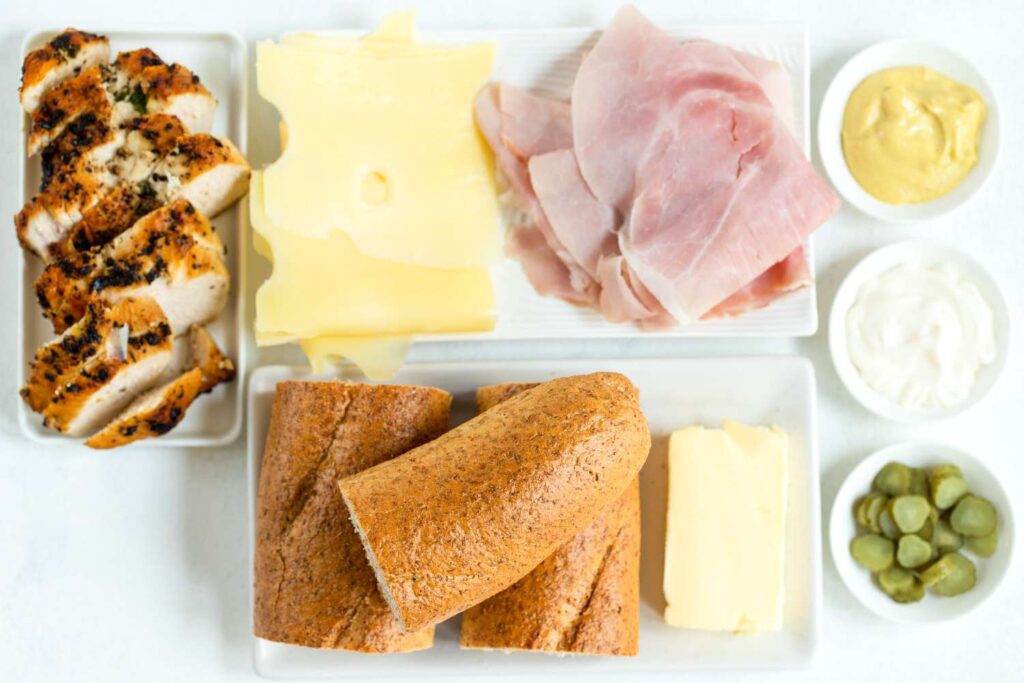
If you try to grow and process every ingredient yourself, you’re looking at a project that could take years. Cheese must age, trees must bear fruit, and crops will fail along the way. It’s like building a house or completing a degree. Each small success feels enormous, yet progress crawls. The patience it takes to finish a sandwich from scratch mirrors the persistence it takes to finish anything meaningful in life. The real story isn’t the meal but the journey behind it, where effort, hope, and time finally come together on one plate.
20. The Cost Reflects an Entire Civilization’s Work

If you added up every expense, land, seeds, tools, feed, and time, the total would shock you. A single sandwich might cost more than a luxury vacation if made entirely by one person. Andy George’s $1,500 version was a shortcut compared to what real independence would require. Modern convenience hides that scale. What you pay at the counter isn’t for the sandwich itself; it’s for a system that makes it possible. Civilization compresses centuries of labor into something you can afford for lunch, showing that true value isn’t just in taste but in shared progress.
21. The First Bite Is the Real Lesson

After years of tending, milking, pressing, planting, and waiting, the first bite might taste simple. It might even be underwhelming. But in that simplicity lies the truth: food is never just food. It’s cooperation, history, and gratitude. Making a sandwich from scratch reminds us that modern meals are miracles we often forget to notice. The ease of today’s lunch is built on the patience of countless yesterdays. That first bite isn’t just nourishment it’s perspective, wrapped in bread and humility.
This story 21 Reasons a Truly Scratch-Made Sandwich Could Take You Years (and Cost a Fortune) was first published on Daily FETCH


